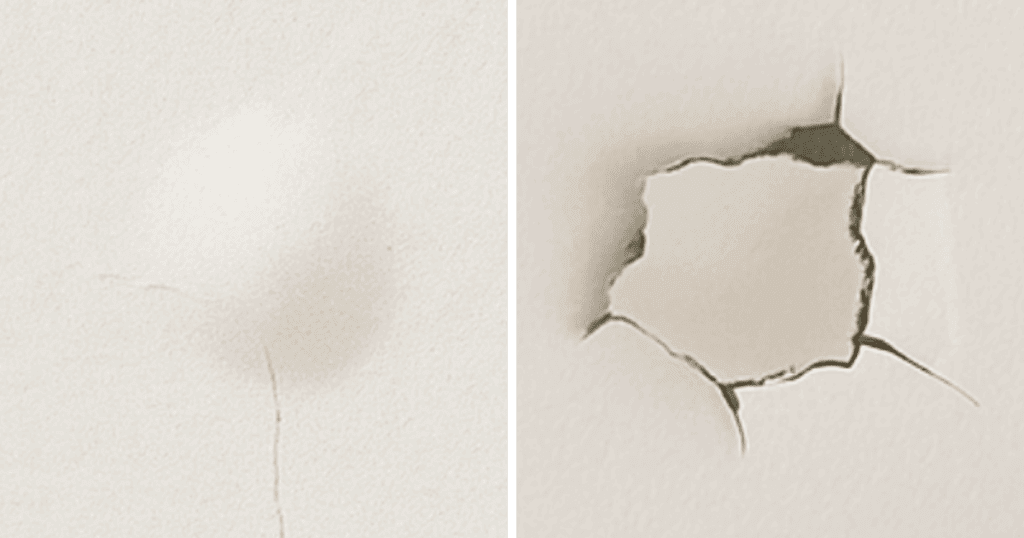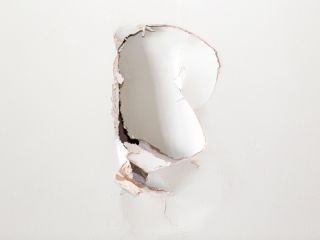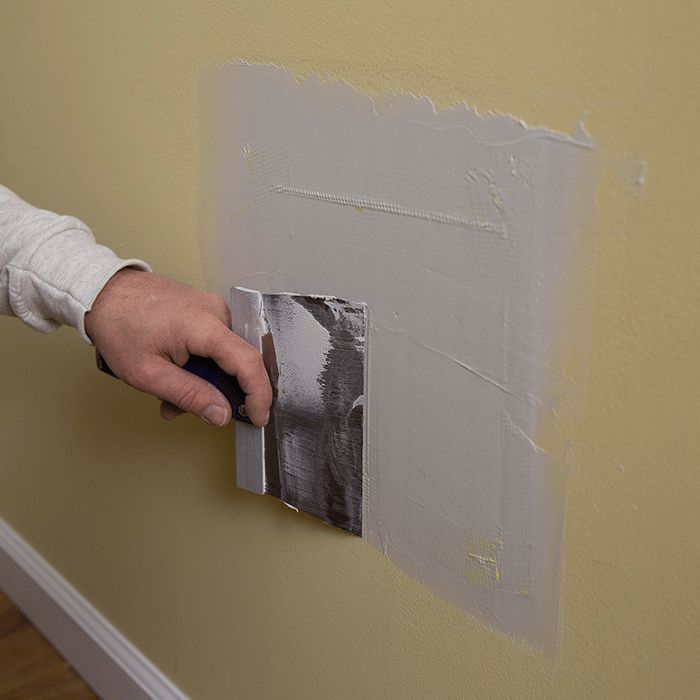Redesign your interiors with the help of Drywall Installation Ogden Utah and modern painting ideas.
A Comprehensive Guide to Learning Drywall Fixing and Setup
This overview offers a comprehensive expedition of drywall repair service and installation, dealing with both novices and experienced experts. It details necessary tools, techniques for patching and hanging sheets, and the crucial completing processes. drywall contractor. By understanding common pitfalls, individuals can accomplish polished outcomes. Mastering these abilities not just boosts one's home yet additionally builds confidence in do it yourself undertakings. What foundational ideas will ensure a successful task from start to end up?
Crucial Tools for Drywall Repair Work and Setup
When beginning on drywall fixing and installment, a couple of important devices can greatly boost the performance and quality of the work. A drywall blade, commonly readily available in numerous dimensions, is crucial for applying joint substance and smoothing joints. A taping knife is additionally needed for feathering edges and guaranteeing a smooth surface. Additionally, a drywall saw or utility blade enables for precise cutting of drywall sheets to fit any type of area.

Step-by-Step Overview to Patching Holes
Covering openings in drywall is an uncomplicated procedure that can restore the wall's look and honesty. To start, the area around the hole ought to be cleaned and any loosened particles removed. For little holes, an easy spackle or joint compound can be applied with a putty knife. Bigger openings may call for a spot; an item of drywall can be cut to fit the hole, secured with adhesive or screws, and after that taped around the sides. When the patch is in place, joint substance is used over the spot and feathered bent on mix with the bordering wall. After the substance dries out, fining sand is essential to attain a smooth surface. Finally, the repaired location can be primed and repainted to match the remainder of the wall. This method assures a seamless repair work, enhancing the total look of the drywall and keeping its structural stability.
Strategies for Hanging Drywall Sheets
After effectively fixing openings in drywall, the following action includes hanging brand-new drywall sheets to produce a seamless surface. To accomplish this, one should start by determining the wall space accurately and reducing the drywall sheets to fit. It is important to hang the sheets flat for better structural integrity, beginning with the top and functioning downwards.
Utilizing a drywall lift can streamline the additional resources procedure, particularly for ceiling installments. Once positioned, securing the sheets with drywall screws at intervals of regarding 12 inches along the edges and 16 inches in the field is necessary. This assures a strong hold and minimizes the threat of sagging. For edges, the sheets should be reduced to fit well, enabling cleaner seams. Lastly, it is recommended to startle the joints in between sheets to reinforce the overall framework, producing an extra long lasting coating all set for the following stage in the drywall installment process.
Ending Up Touches: Insulation and Mudding
Completing the drywall setup entails the crucial steps of mudding and taping, which ensure a smooth and polished surface. Insulation calls for the application of joint tape over the seams in between drywall sheets. Drywall Installation Ogden Utah. This tape can be either paper or fiberglass harmonize, with each type offering unique benefits. After taping, the next step is mudding, where joint substance, or "mud," is applied to cover the tape and fill up any kind of imperfections
Utilizing a drywall blade, the substance needs to be spread out equally, guaranteeing a feathered edge to reduce noticeable adjustments. Multiple layers are frequently needed, with fining sand in between each layer to accomplish a seamless surface area. Cautious focus throughout this process is vital, as it significantly affects the last appearance of the wall surface. With the right technique and patience, the end outcome will be a perfect foundation ready for painting or finishing touches.
Common Errors to Stay Clear Of in Drywall Projects

An additional common error is not permitting sufficient drying out time in between layers, which can catch moisture and jeopardize the finish. Neglecting to feather the edges properly can create visible lines and blemishes. Lastly, missing sanding or utilizing inappropriate techniques may leave harsh areas. By recognizing these risks, individuals can significantly improve the quality of their drywall projects and accomplish a professional-looking surface.
Regularly Asked Inquiries
Can I Fix Drywall Without Professional Aid?
Yes, one can repair drywall without expert help. With the right devices, materials, and advice, individuals can successfully handle small repair work. Nevertheless, significant damages may require professional proficiency for ideal outcomes and resilience.
The Length Of Time Does Drywall Substance Require To Dry?
Drywall substance generally takes in between 24 to 48 hours to completely dry entirely, relying on variables such as moisture and temperature. Thinner layers might dry out much faster, while thicker applications call for more time for excellent results.
What's the very best Type of Paint for Drywall?
The ideal kind of paint for drywall is commonly a water-based latex paint. It gives exceptional coverage, toughness, and ease of application, making it excellent for indoor wall surfaces while permitting for easy cleaning with soap and water.

How Do I Avoid Mold on Drywall?
To stop mold on drywall, guarantee appropriate ventilation, control humidity degrees, utilize mold-resistant products, and immediately attend to any type of leaks. Regular examinations and prompt removal of water damage are additionally crucial for long-term prevention.
Is Drywall Recyclable After Elimination?
Drywall is recyclable after removal, offered it is devoid of pollutants like mold, paint, or various other unsafe materials. Recycling centers can process it right into brand-new products, promoting sustainability and reducing garbage dump waste in construction.
When beginning on drywall repair work and installation, a few necessary tools can substantially enhance the performance and top quality of the job. After efficiently repairing openings in drywall, the following step involves hanging new drywall sheets to produce a seamless surface area. Completing the drywall setup involves the essential steps of mudding and taping, reference which guarantee a smooth and polished finish. Accomplishing a polished surface in drywall projects can be difficult, and numerous common blunders can weaken the top quality of the work. Yes, one can fix drywall without professional aid.